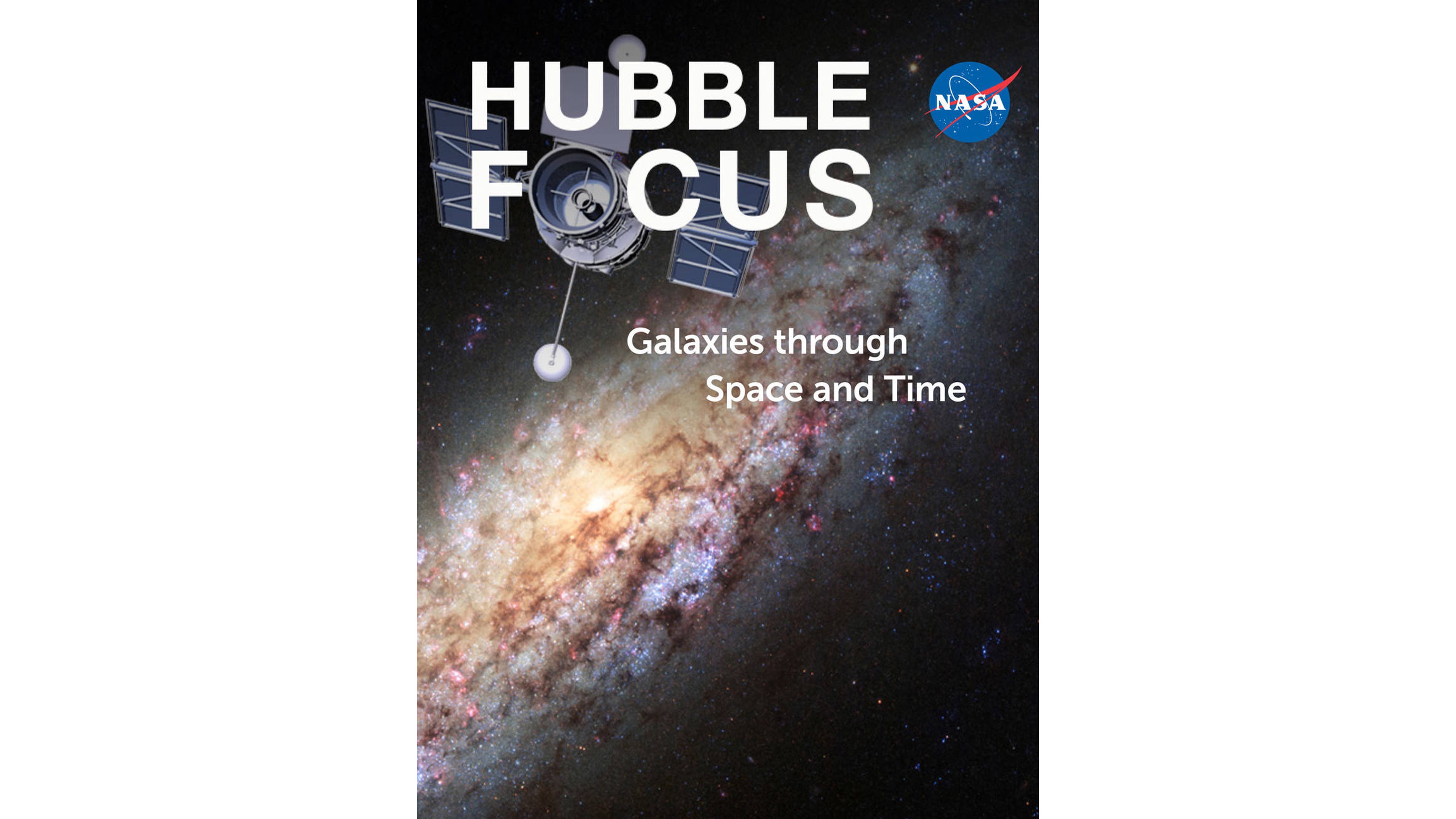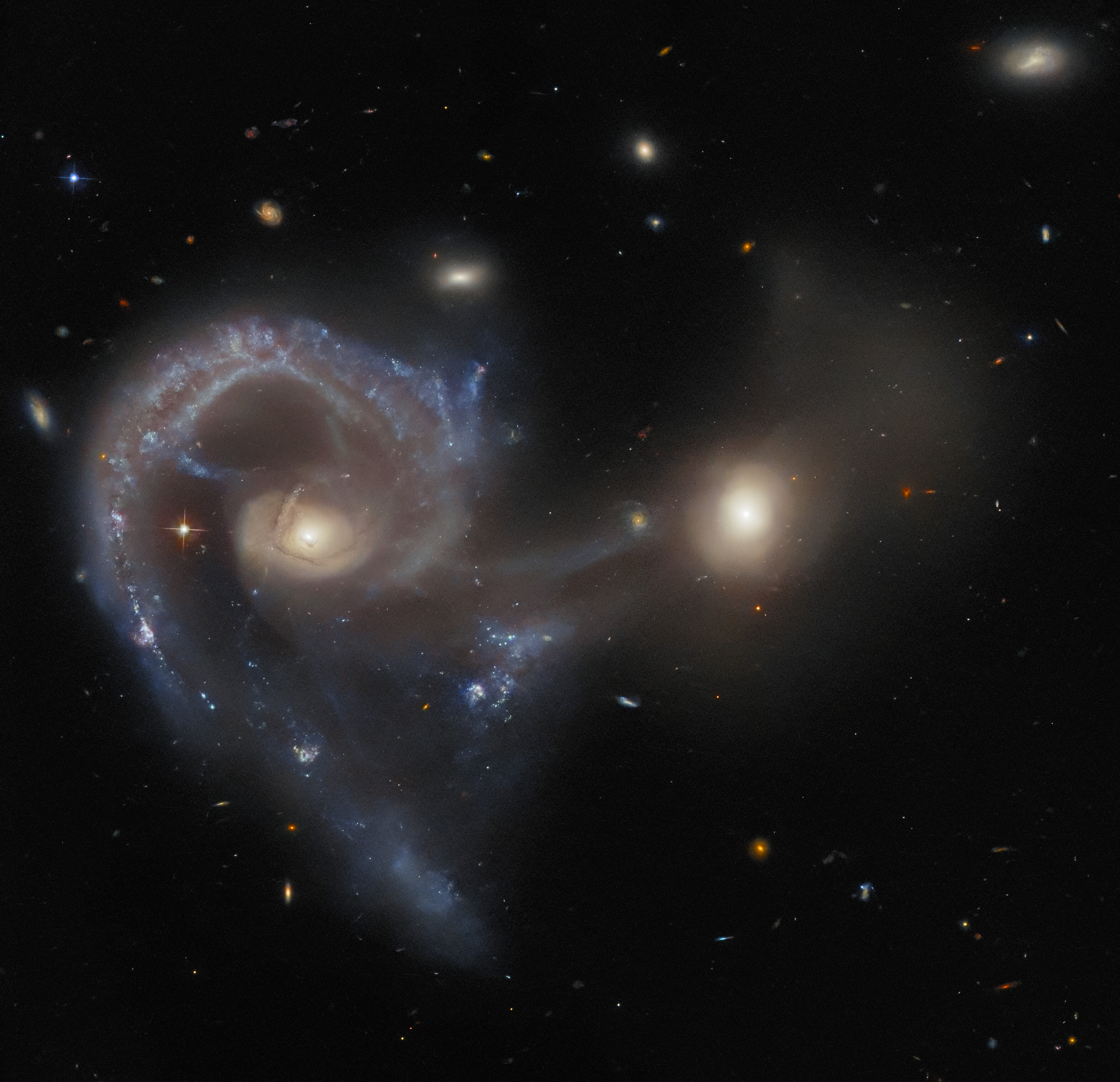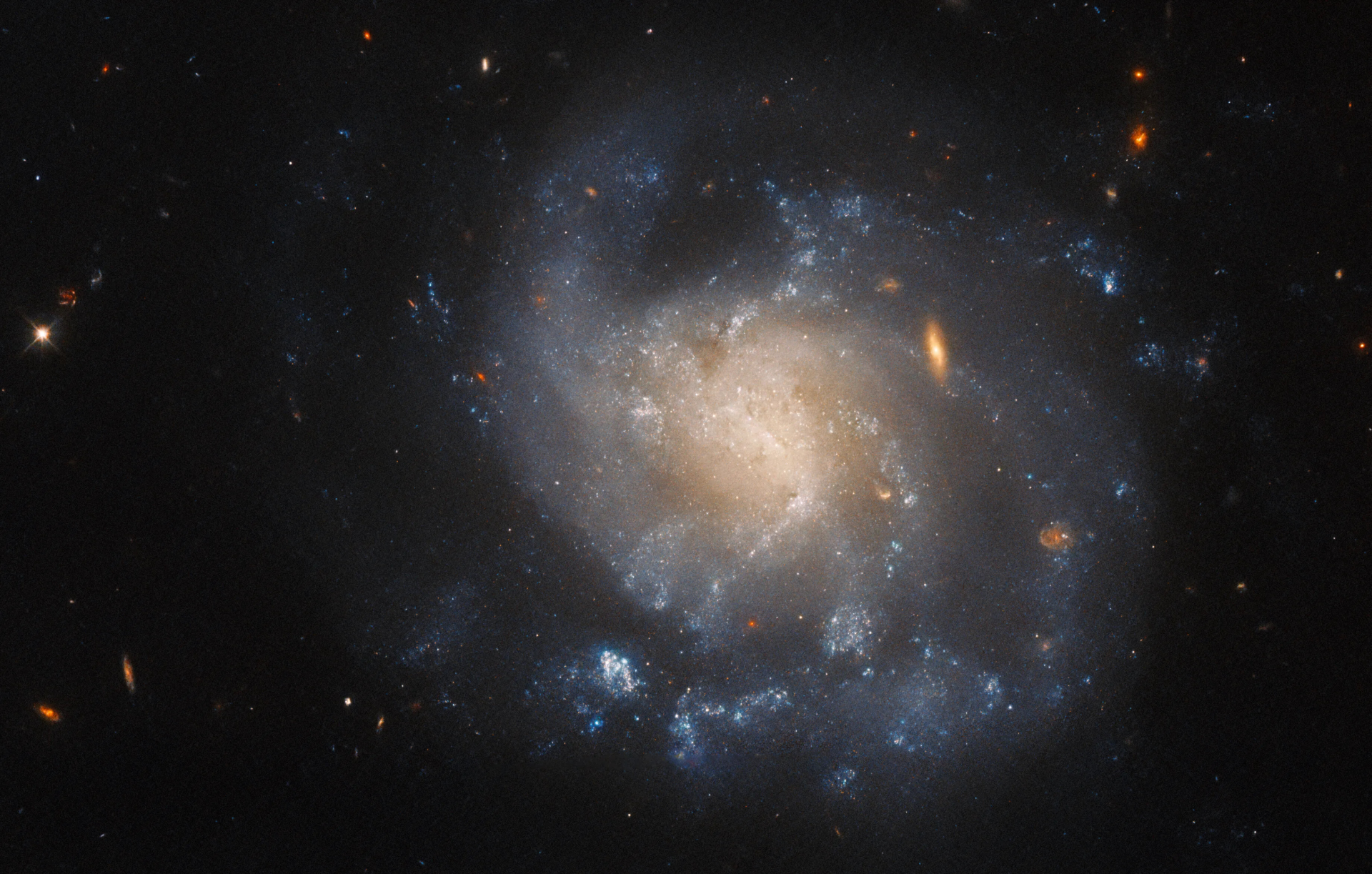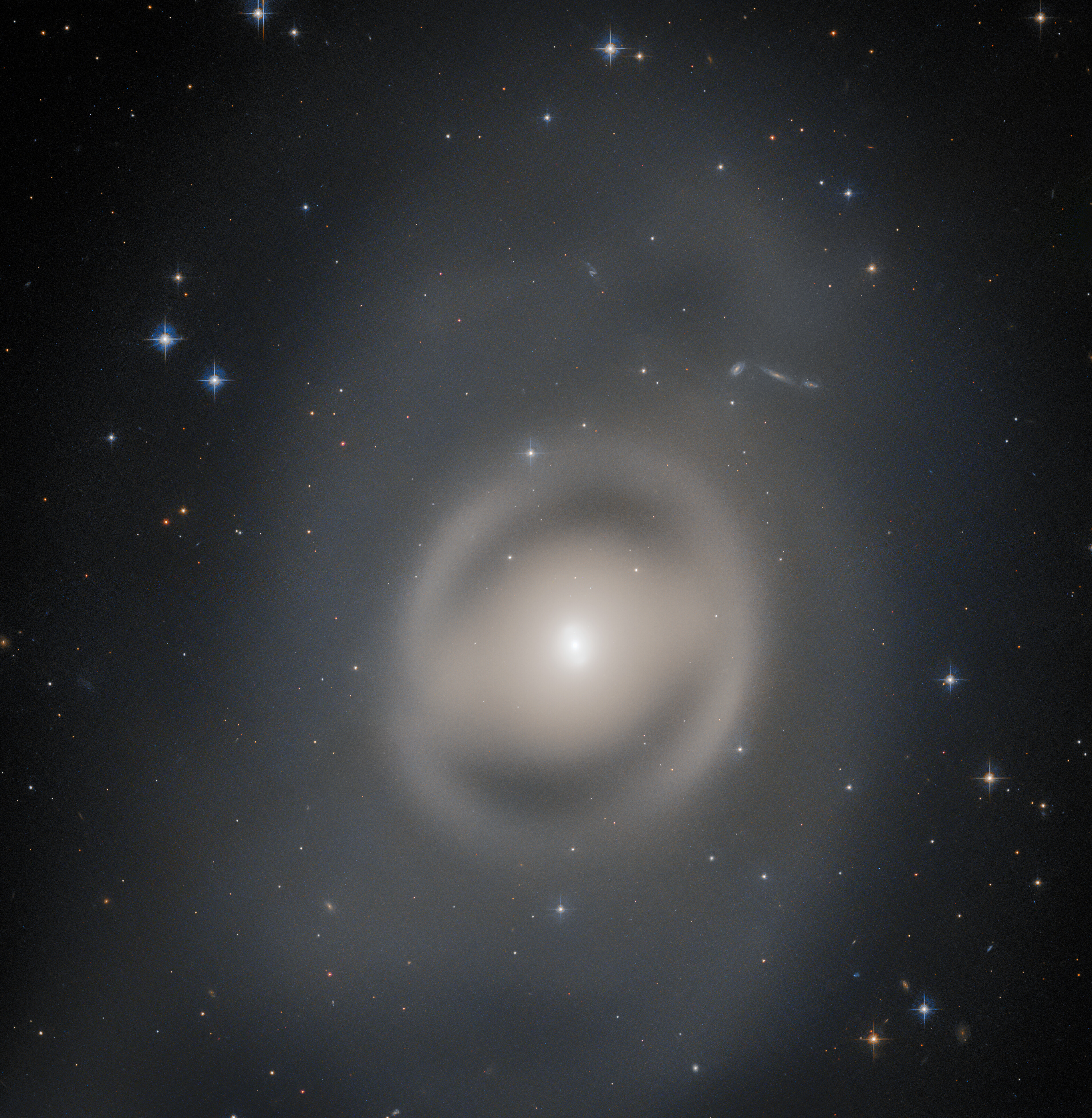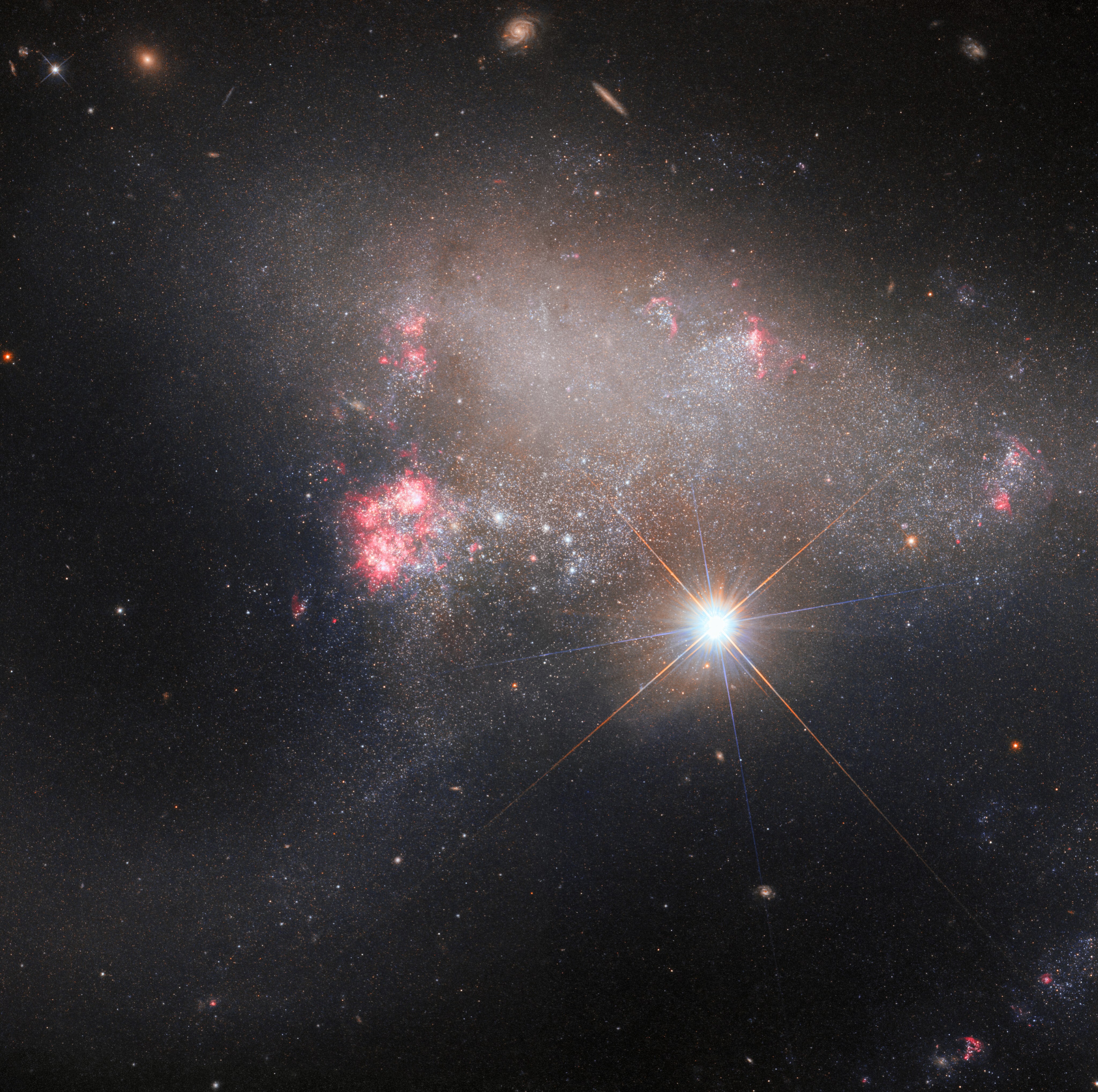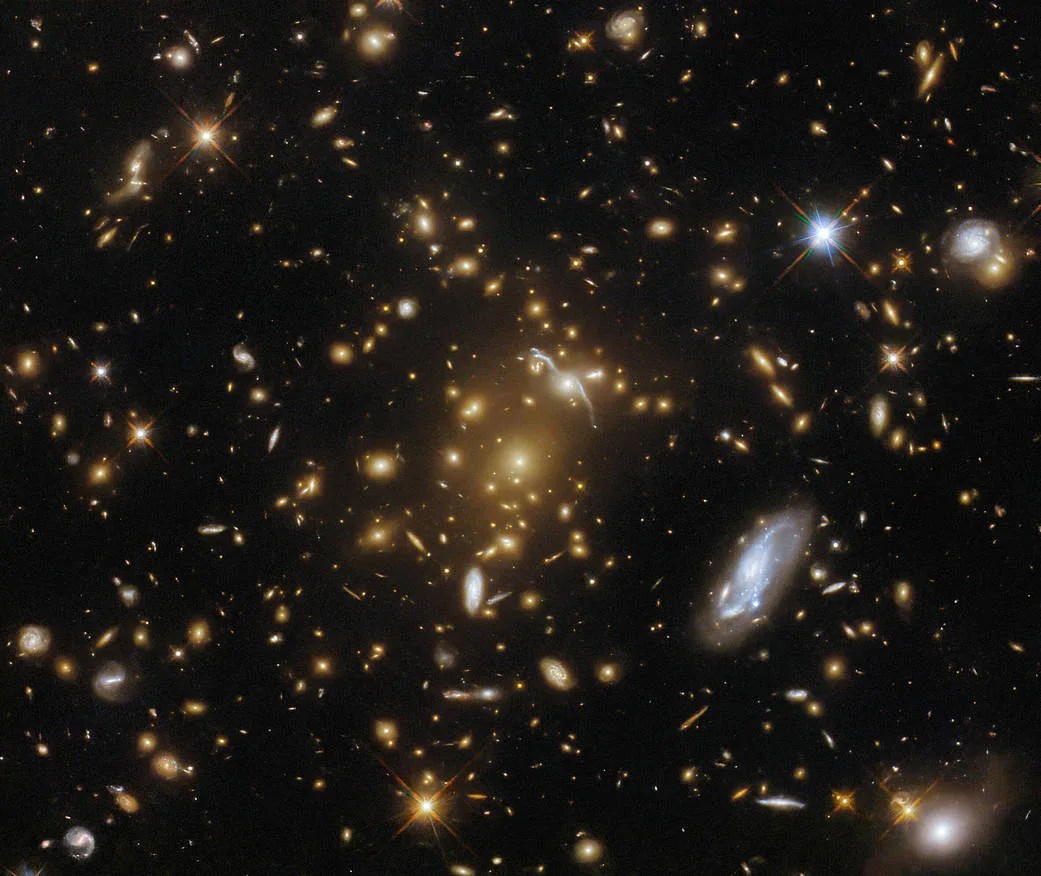With more than 33 years in orbit and 1.5 million observations, Hubble's data offers a wealth of information about the objects in our universe. We've combed through Hubble's extensive archive looking for data that would give us interesting galaxy images to share. These are a few of our most recent images.
Hubble's Galaxy Week Images
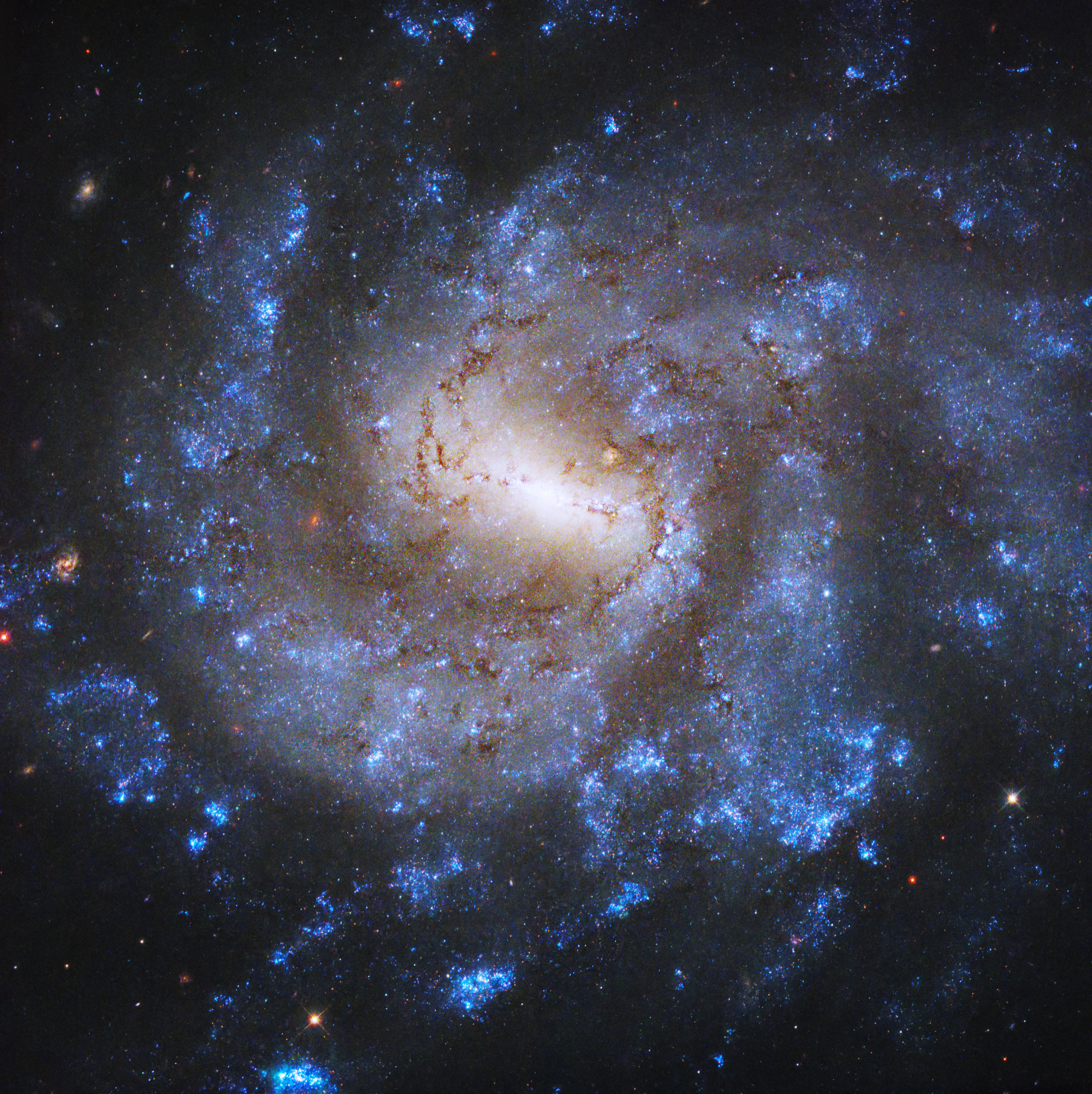
Hubble Examines Entrancing Galaxy in Eridanus
NGC 685 is a barred spiral galaxy about 58 million light-years away from Earth

Hubble’s Multi-Wavelength View of Recently-Released Webb Image
NGC 5068 is a barred spiral galaxy with thousands of star-forming regions located 20 million light-years from Earth.
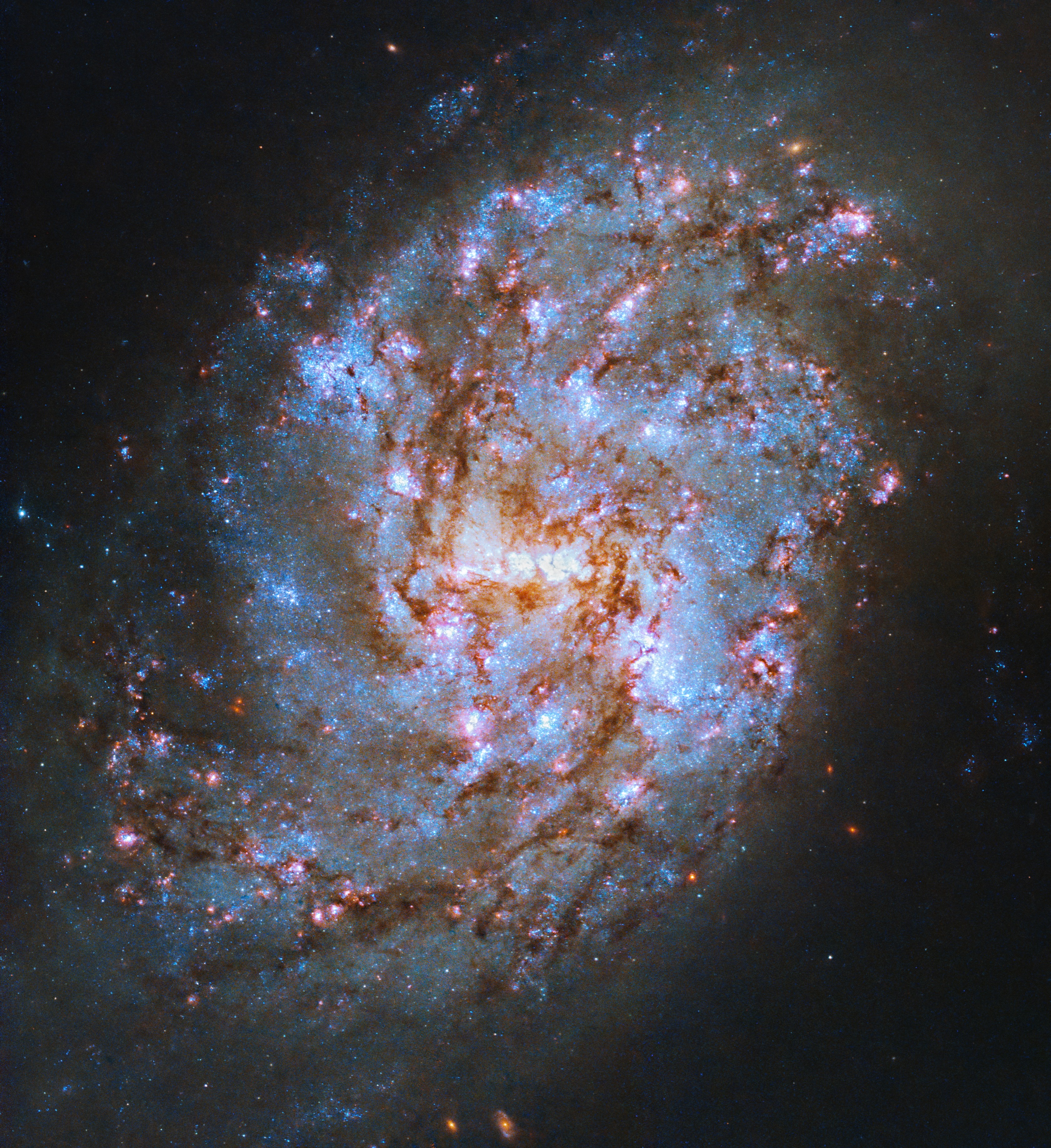
Hubble Captures Starry Cetus Constellation Galaxy
Barred spiral galaxy, NGC 1087, is 80 million light-years away from Earth.
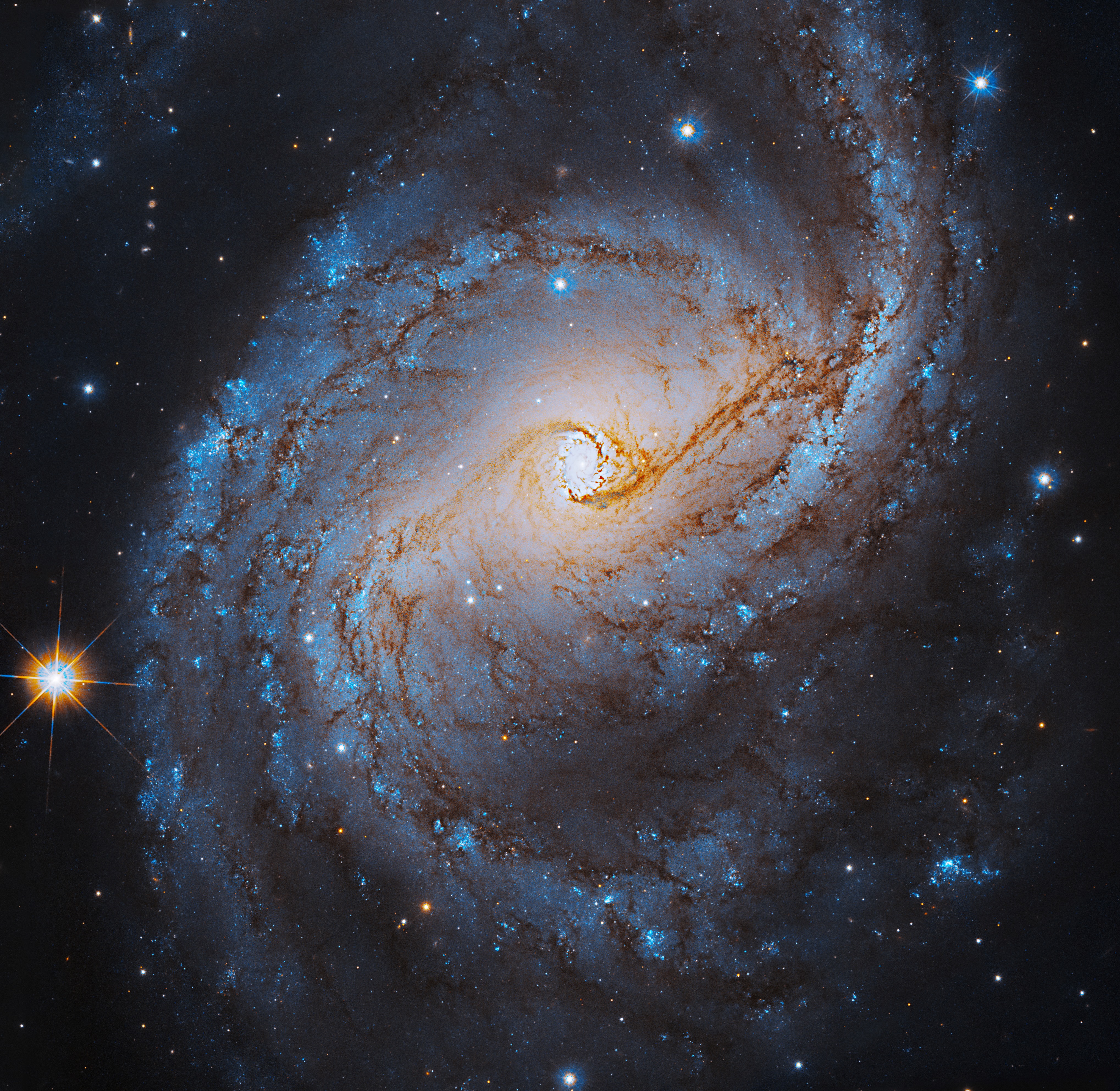
Stellar Sights in this New Hubble Galaxy Snapshot
The intermediate spiral galaxy, NGC 6951, is 78 million light-years away from Earth.
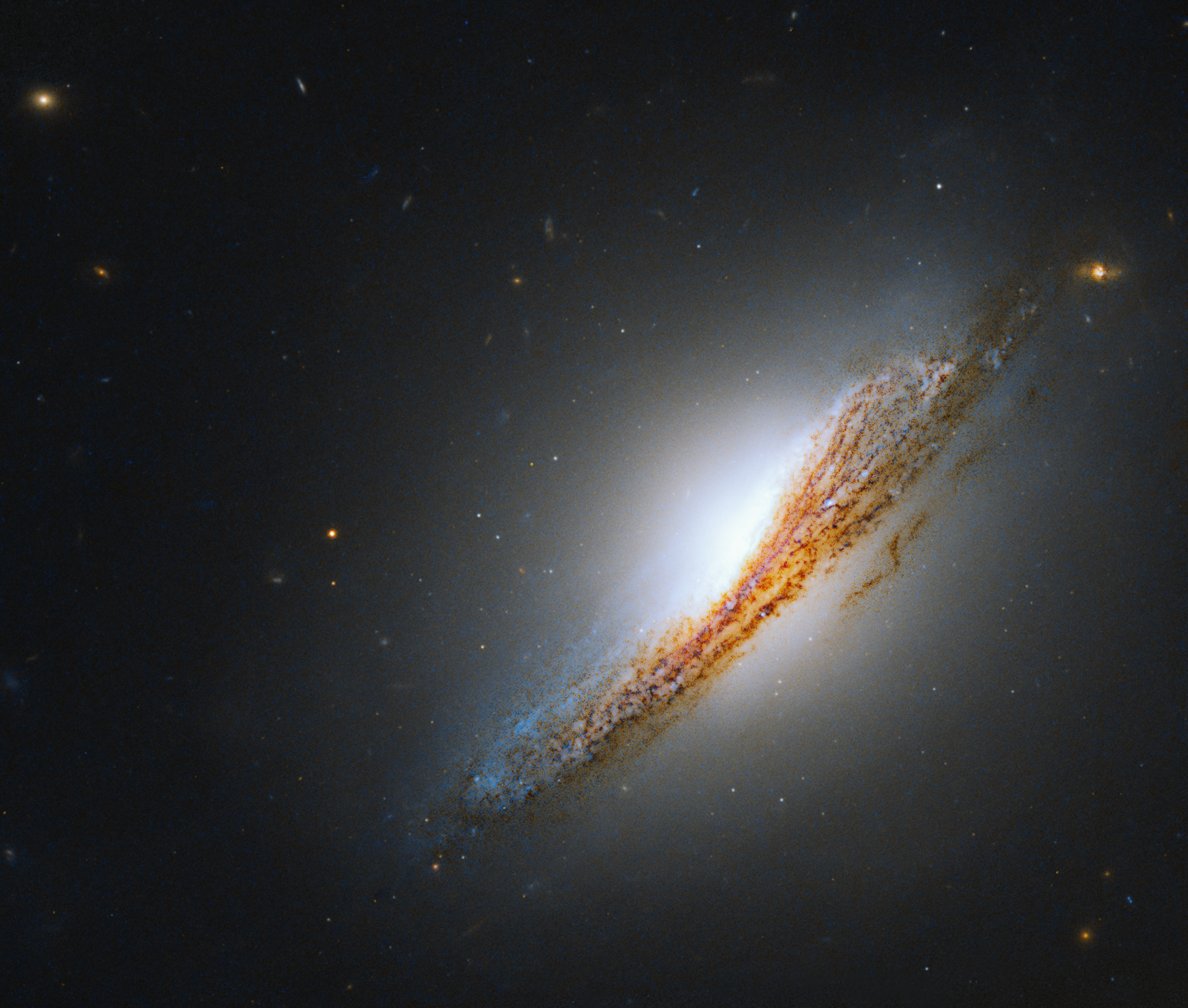
Hubble Records Rare Radio Galaxy
The lenticular galaxy NGC 612 is about 400 million light-years from Earth and has a mass of around 1.1 trillion times that of our Sun.
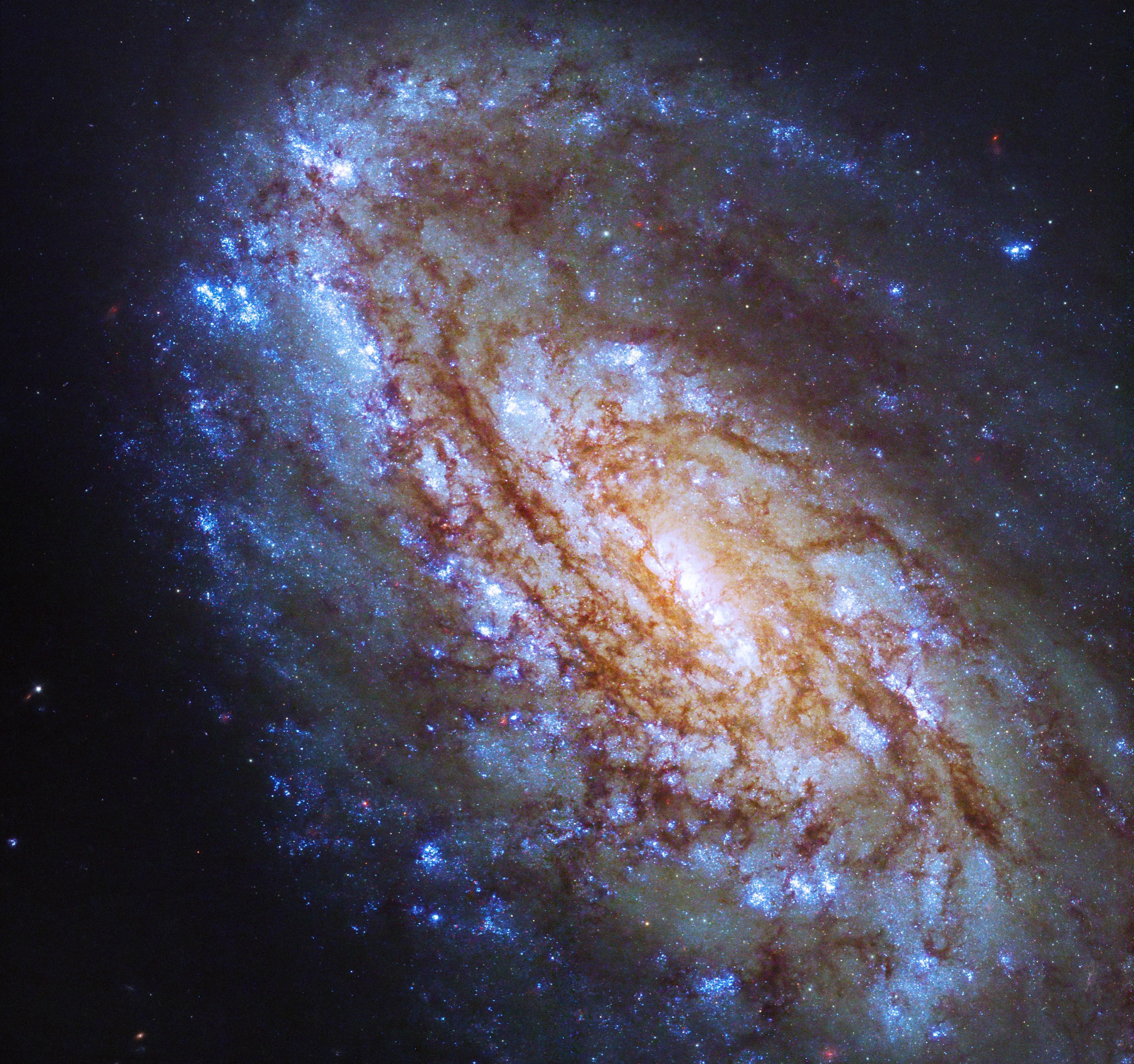
Hubble Views A Vibrant Virgo Cluster Galaxy
Spiral galaxy NGC 4654 is around 55 million light-years from Earth.
Learn More About Galaxies
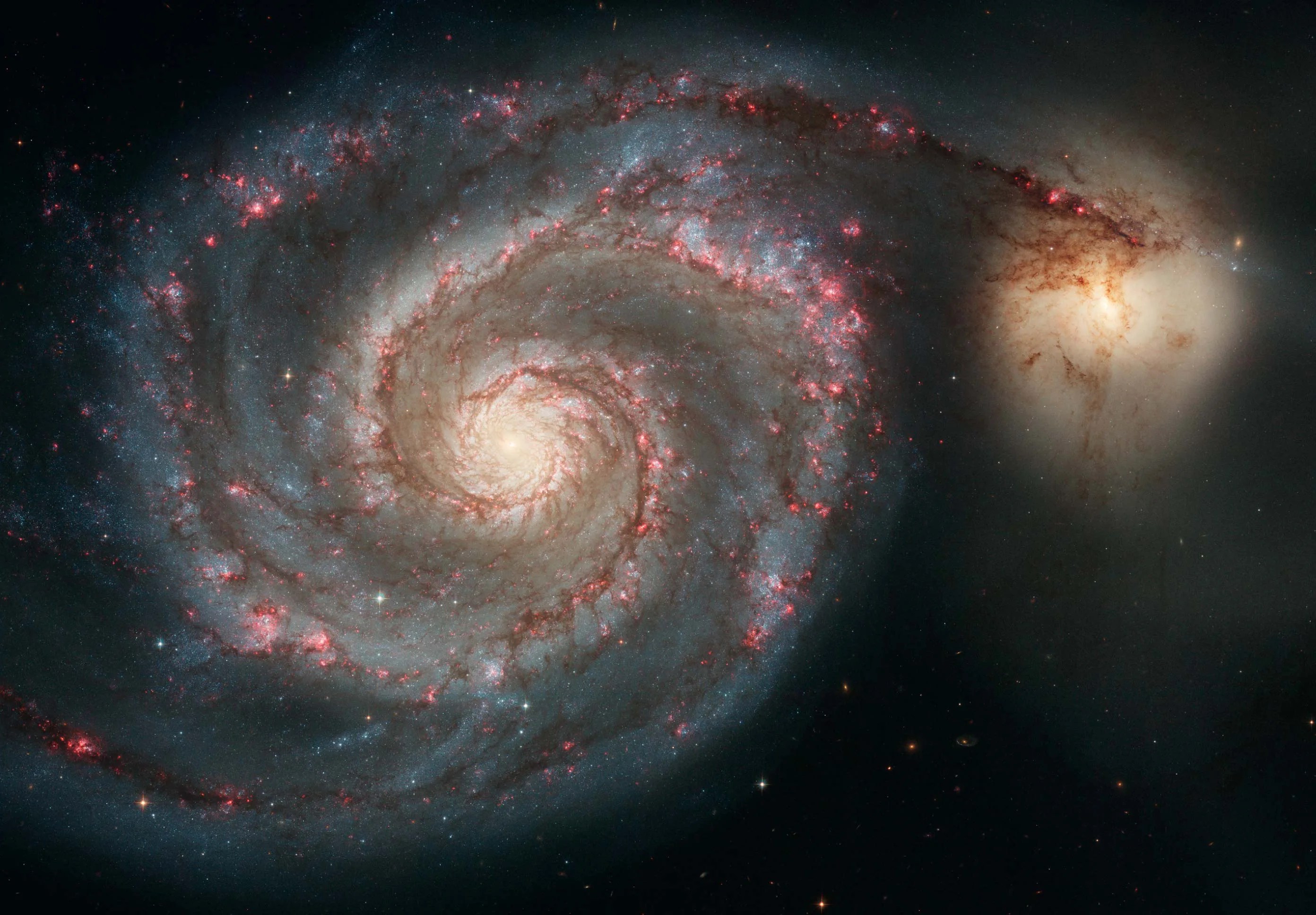
Hubble's Galaxies
These collections of stars, planets, gas, dust, and dark matter are the visible foundation of the universe.
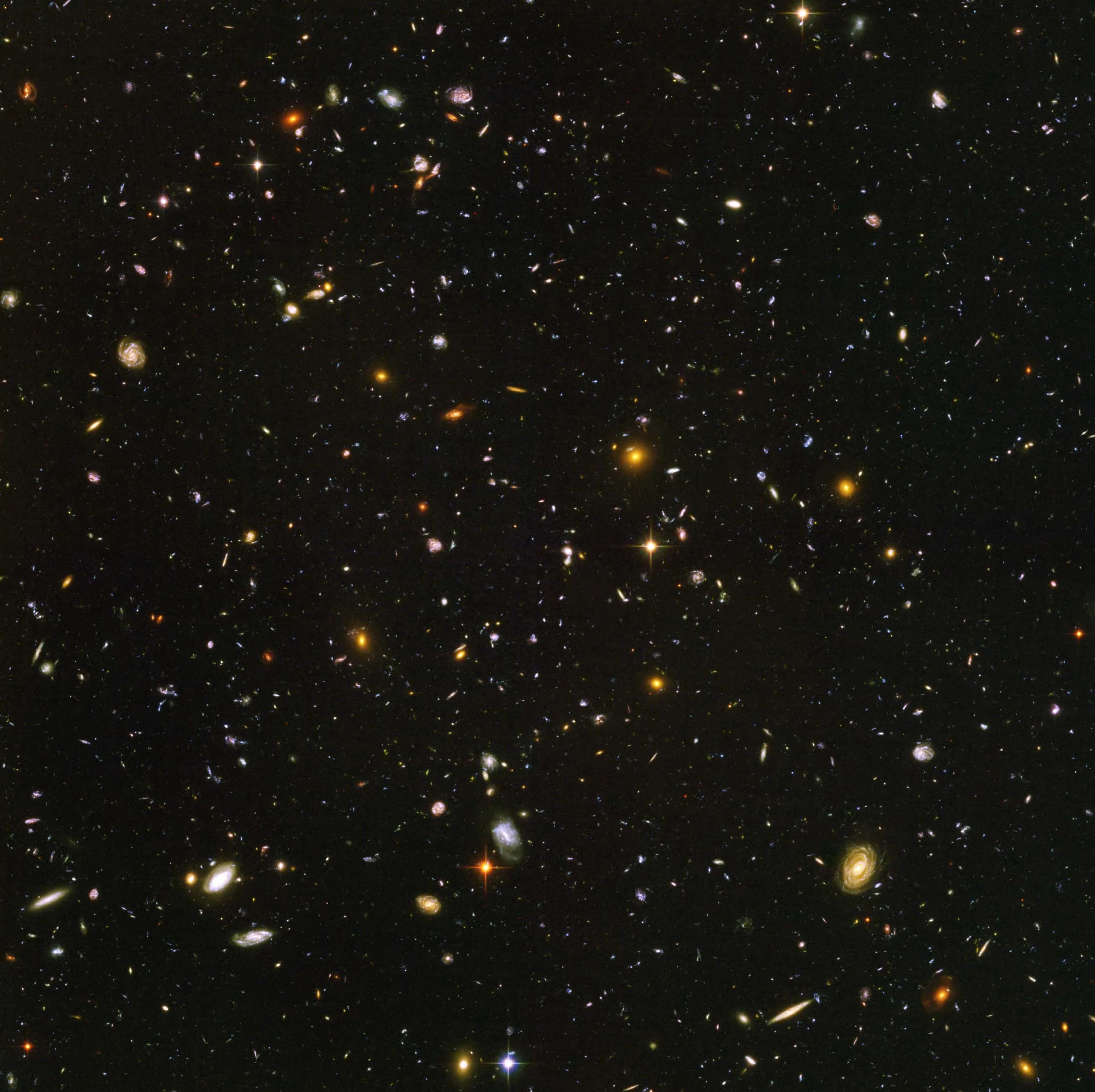
Tracing the Growth of Galaxies
Hubble is instrumental in uncovering the various stages of galactic evolution.
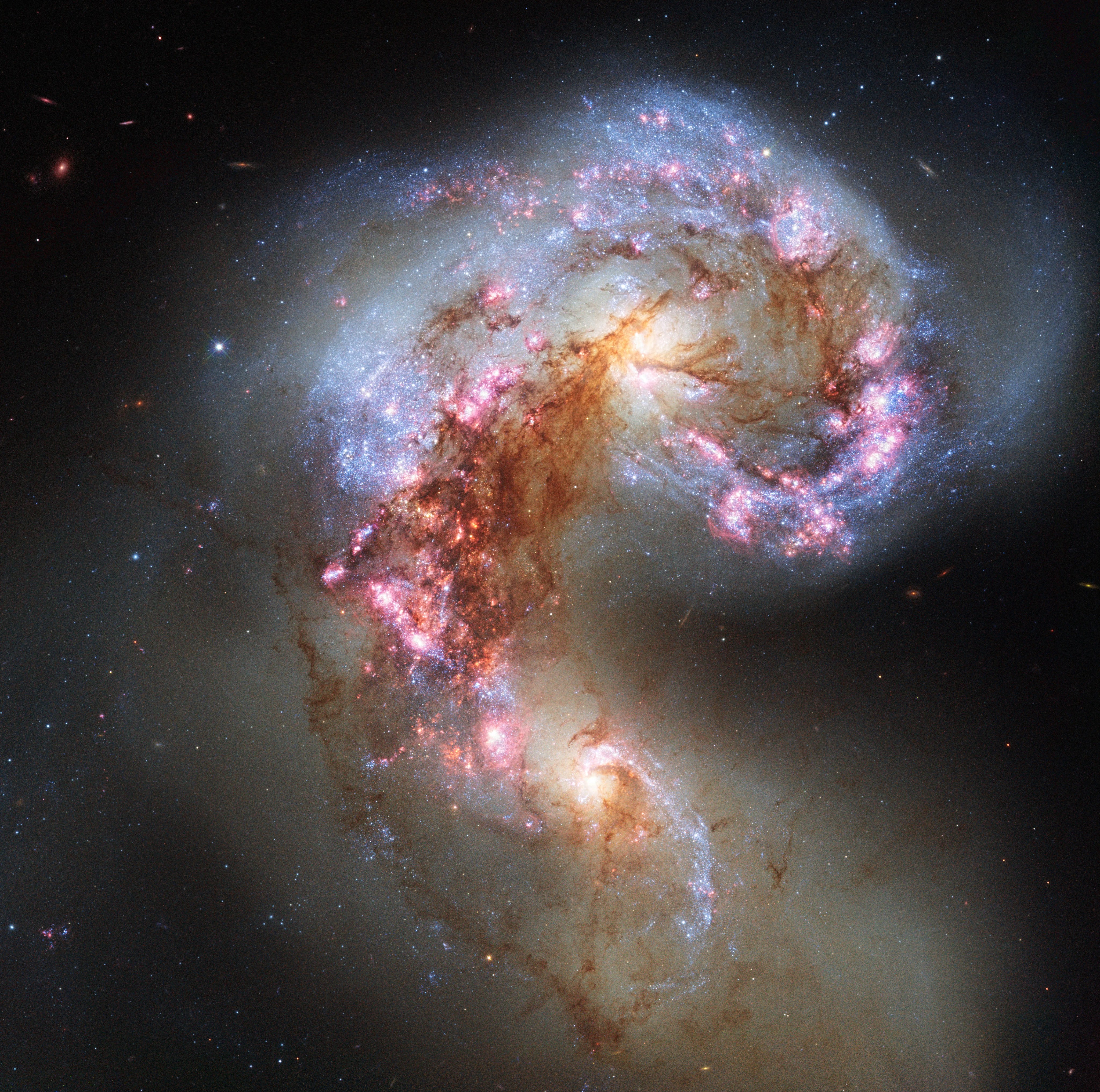
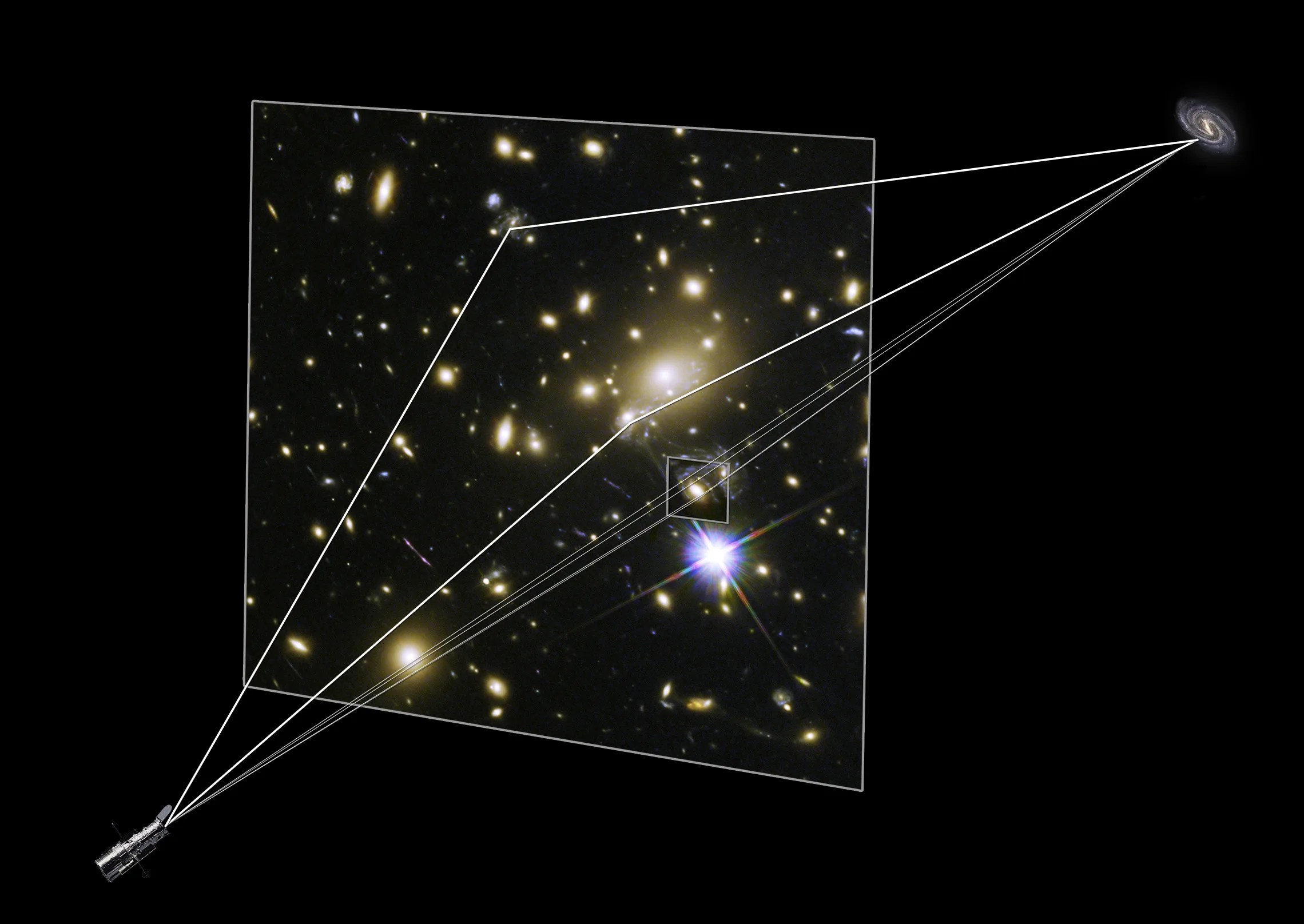
Shining a Light on Dark Matter
Hubble’s observations of galaxy clusters help us uncover the underlying structure of the universe.
Hubble Focus: Galaxies through Space and Time
Hubble Focus: Galaxies through Space and Time describes some of Hubble’s discoveries about galaxies: from our own Milky Way to the most distant galaxies ever seen. These discoveries help us understand how galaxies evolve and how the universe itself has come to be the way it is today.
Learn More